 KELP COULD PLAY A CRUCIAL ROLE IN TRAPPING CARBON EMISSIONS FROM OUR ATMOSPHERE
KELP COULD PLAY A CRUCIAL ROLE IN TRAPPING CARBON EMISSIONS FROM OUR ATMOSPHERE
News Center Maine, 9/26/22 – “At Atlantic Sea Farms in Biddeford, Thew Suskiewicz works with a team of workers in the early stages of kelp cultivation. In a room of around a dozen tubs, house another dozen or so spools of twine. Each string is home to thousands of microscopic juvenile kelp. Suskiewicz is the cultivation manager and said the room of tubs and spools will end up producing more than 1 million pounds of kelp come April. Dubbed “Dr. Kelp” by his colleagues, Suskiewicz details the ins and outs of the process.”
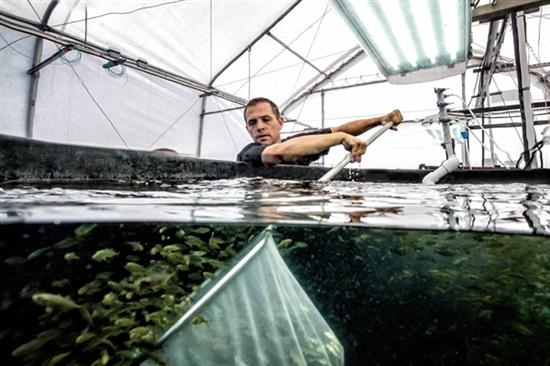 PINGREE ANNOUNCES $2 MILLION FEDERAL INVESTMENT TO STRENGTHEN MAINE AQUACULTURE
PINGREE ANNOUNCES $2 MILLION FEDERAL INVESTMENT TO STRENGTHEN MAINE AQUACULTURE
Office of Chellie Pingree, 9/23/22 – “Congresswoman Chellie Pingree (D-Maine) today announced $2.12 million in federal funding to strengthen Maine’s aquaculture industry. Awarded through National Oceanic and Atmospheric Administration (NOAA) Sea Grant program, the funding will support sustainable aquaculture projects at the Maine Aquaculture Innovation Center and the University of Maine Center for Cooperative Aquaculture Research, as well as continue funding for additional projects at the University of Maine and Maine Sea Grant.”
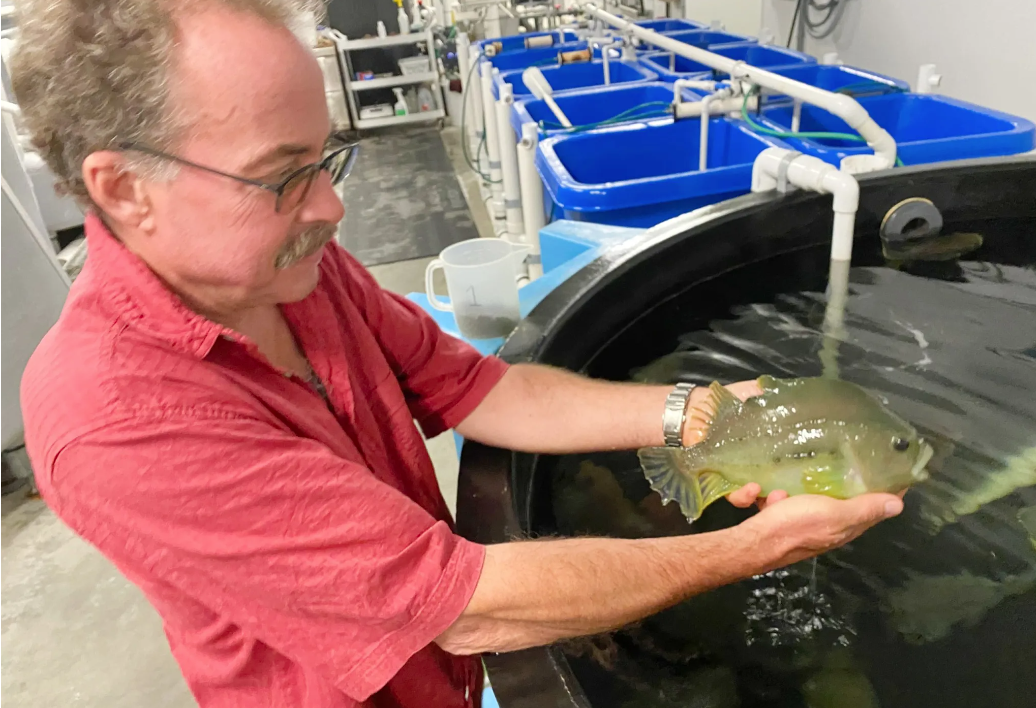 LUMPFISH COULD BE THE ANSWER TO SEA LICE PROBLEMS FOR SALMON, UMAINE RESEARCHERS SAY
LUMPFISH COULD BE THE ANSWER TO SEA LICE PROBLEMS FOR SALMON, UMAINE RESEARCHERS SAY
Bangor Daily News, 9/22/22 – “With the help of a docile fish with an unusual name, researchers at the University of Maine are hoping to help salmon farmers address a problem that has plagued them for decades: sea lice. Sea lice are a type of parasitic crustacean that can infiltrate salmon cages in the ocean. The lice latch onto salmon and harm both the salmon’s appearance and its health, reducing the value of the fish. In 2016, sea lice infestations caused the world’s supply of farmed salmon, estimated to be million of tons each year, to drop by 10 percent, according to UMaine researchers.”
 VIEWPOINT: MAINE AQUACULTURE IS A THING OF BEAUTY
VIEWPOINT: MAINE AQUACULTURE IS A THING OF BEAUTY
Mount Desert Islander, 9/1/22 – “As a sea farmer, I am asked, almost daily, about aquaculture and its rapid growth in the state of Maine. I take the time to answer because it means that other people also care about our shared ocean and the future of this coastline. I don’t see the sector of aquaculture as expanding rapidly. It took us almost three years to complete our application and receive our 22-acre lease in Mt. Desert Narrows. We also have 3,200 square feet of limited purpose sites in the Skillings River, which allow us to run an upweller for our small seed in the spring and to harvest through the ice year-round. The leasing process is long, rigorous and full of scrutiny, as it should be. I understand that, to some, 22 acres may seem like a lot of space for one company. Some would even consider this ‘industrial.’”
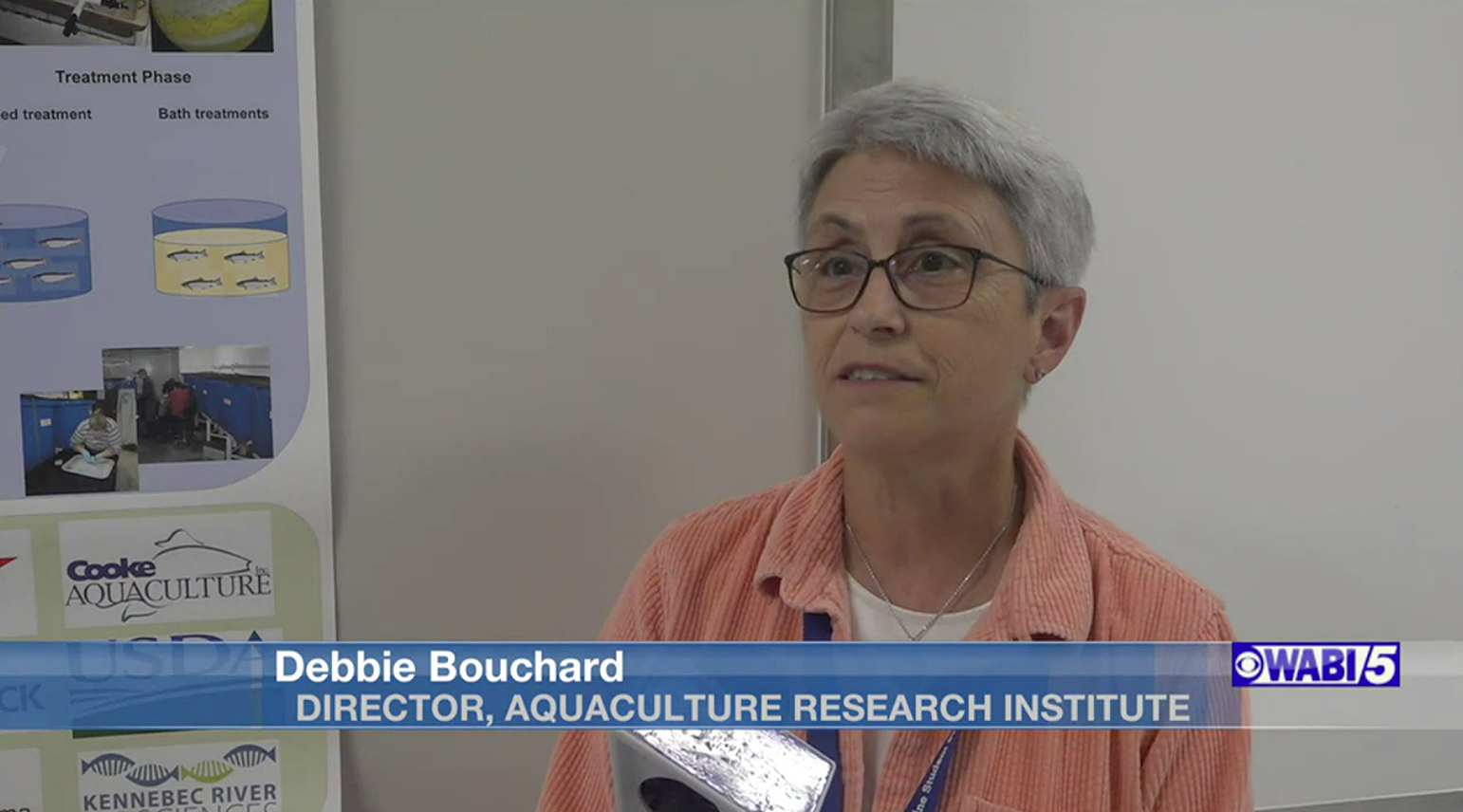 UMAINE LAB SOLVING ENVIRONMENTAL PROBLEMS
UMAINE LAB SOLVING ENVIRONMENTAL PROBLEMS
WABI–5, 8/29/22 – “The University of Maine’s Cooperative Extension Diagnostic and Research Laboratory serves as a central hub for environmental research on a number of Pine Tree State issues. We stopped by for Governor Mills’ tour of the facility, and found out more about their mission [. . .] ‘One of my favorite projects is actually with W.L. Gore, Gore Tex, where we’re looking at a pest of Atlantic salmon,’ Aquaculture Research Institute director Debbie Bouchard said. ‘From that petri dish scale, we’re now doing a full-blown marine site study.'”
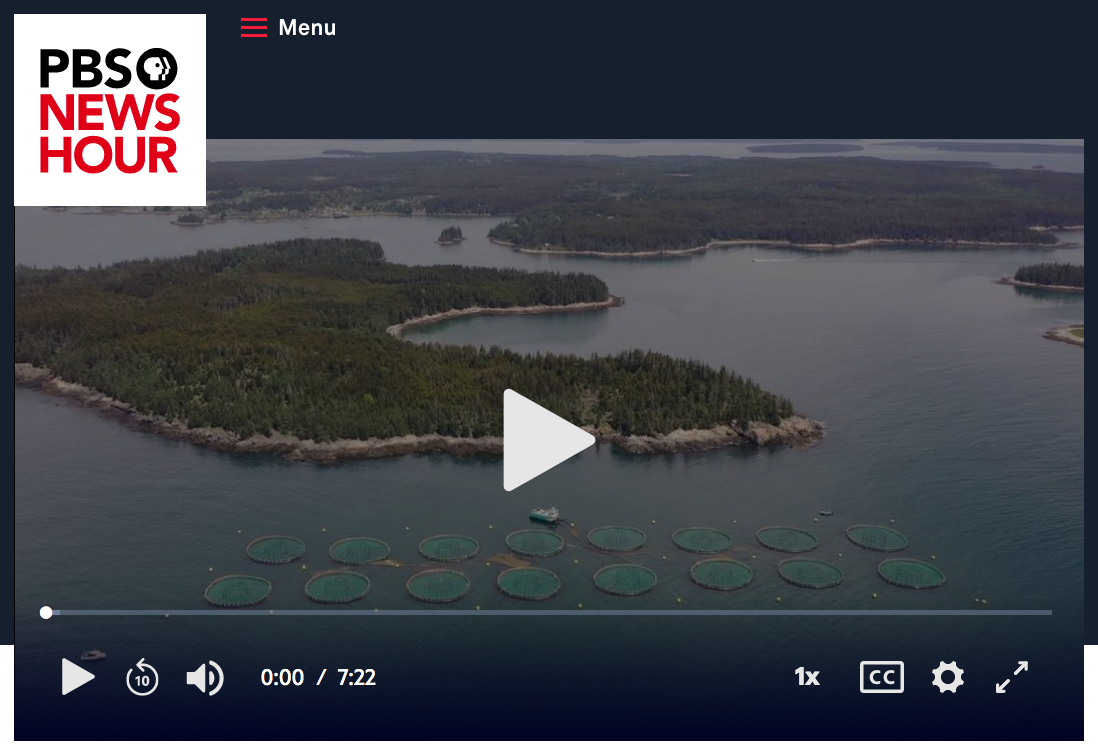 Burgeoning salmon farming industry sparks controversy over pollution and sustainability
Burgeoning salmon farming industry sparks controversy over pollution and sustainability
PBS News Hour, 8/25/22 – “There has been a growing appetite around the world for fish. But that growth in demand is raising all kinds of questions and concerns for the industry about sustainability and impact. Science correspondent Miles O’Brien has the first of a two-part look at what’s known as “aquaculture.”
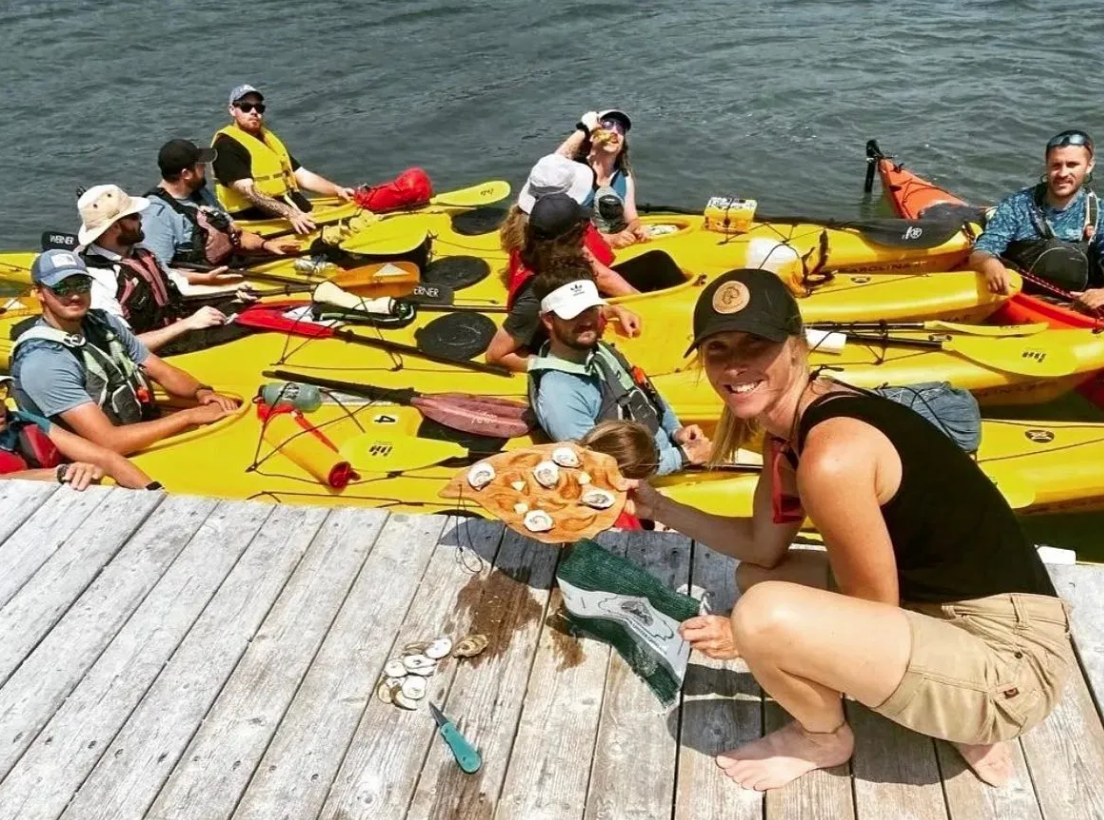 MAINE FISHERMEN AND OYSTER FARMERS ARE WELCOMING TOURISTS ABOARD TO BOOST THEIR INCOME
MAINE FISHERMEN AND OYSTER FARMERS ARE WELCOMING TOURISTS ABOARD TO BOOST THEIR INCOME
Bangor Daily News, 8/24/22 – “Maine’s famed seafood has long been a major draw for tourists. Visitors love to chow down on a lobster roll, shoot some freshly shucked oysters and see the lobster boats moored in the state’s many harbors. To capitalize on that interest, a growing number of commercial harvesters are getting directly involved in tourism themselves. More than two dozen Maine oyster farmers and a few commercial lobstermen have started providing tours and firsthand demonstrations in recent years to show how the state’s prized seafood goes from ocean-to-plate.”
 WINNING SOCIAL LICENSE IN MAINE
WINNING SOCIAL LICENSE IN MAINE
Aquaculture North America, 8/23/22 – “Voting 201 to 91, residents of this lobstering community of about 1,250 rejected a proposed moratorium on commercial aquaculture facilities. It was a significant sign of support for Kingfish Maine to move forward with its proposed recirculating aquaculture system (RAS) facility, projected to produce 6,000 to 8,000 metric tons of yellowtail annually. The events on the warm summer evening came at a time when Maine has seen some chilly opposition —from organized statewide groups, as well as local communities — to aquaculture projects that have ranged from land-based RAS to a well-established oyster farm that sought to increase its lease to 35 acres (and succeeded).”
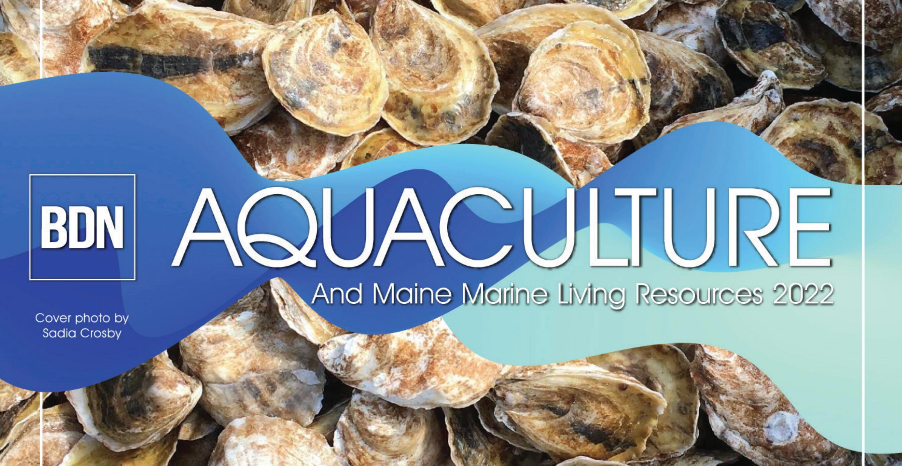 AQUACULTURE AND MAINE MARINE LIVING RESOURCES 2022
AQUACULTURE AND MAINE MARINE LIVING RESOURCES 2022
Bangor Daily News, 8/19/22 – Check out this insert that ran in the print edition of the Bangor Daily News during one of their highest circulation weekends of the year. The insert includes great coverage of some of the most exciting projects happening in our sector right now. Take a look here!
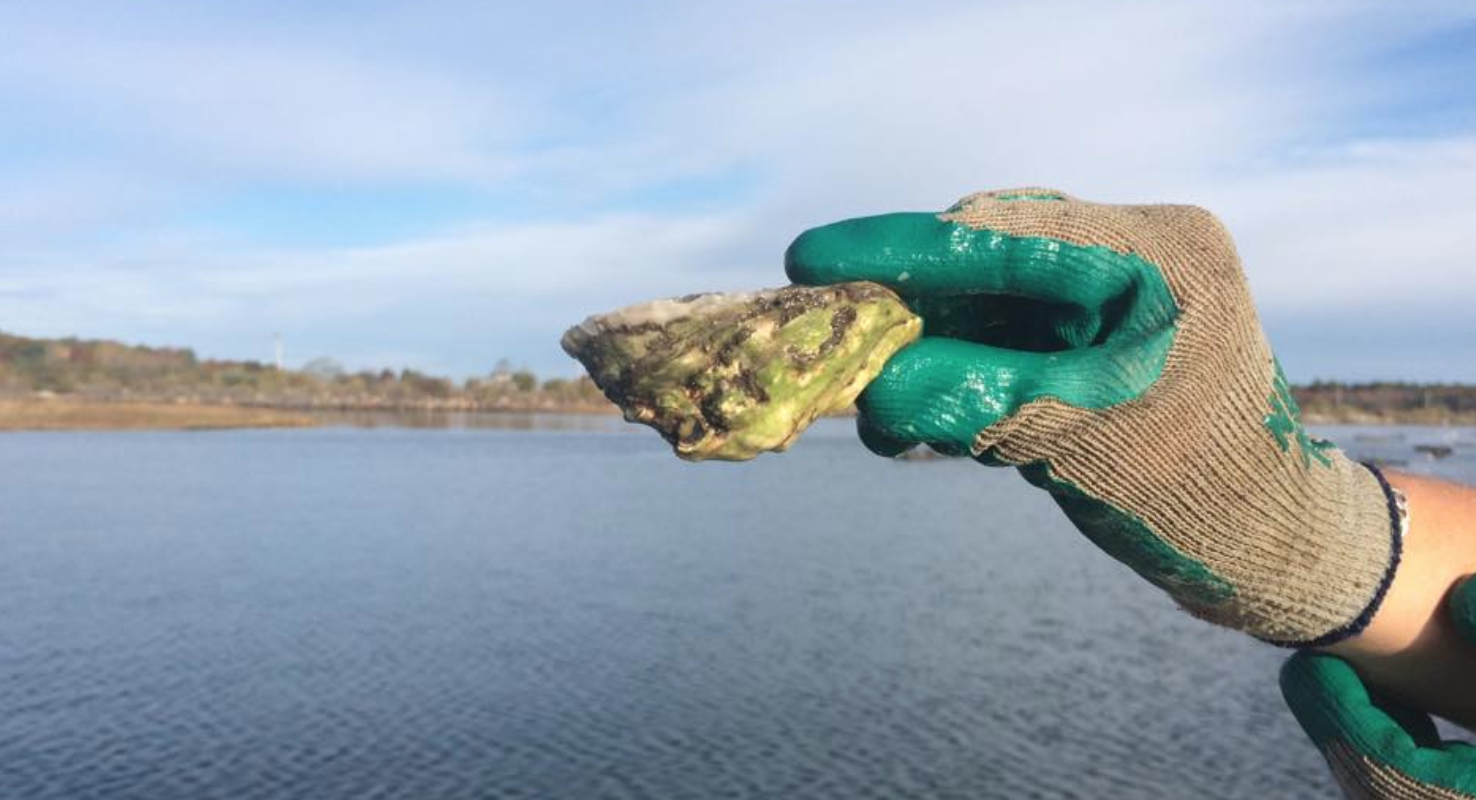 FORMER MAINE SCHOOL TEACHER, SEAFOOD REPORTER GROWS OYSTER FARM
FORMER MAINE SCHOOL TEACHER, SEAFOOD REPORTER GROWS OYSTER FARM
Undercurrent News, 8/4/22 – “In 2018, Lauren Gray left her job as one of just two teachers in a two-room schoolhouse on Maine’s Cranberry Isles to pursue full-time her then three-year-old oyster farming business. Now she’s getting ready to plant some 300,000 oyster seeds and preparing for expansion, reports Maine Biz. ‘I had savings from teaching and started with about $50,000,’ the founder of Cranberry Oysters told the news service in a recent interview.”
